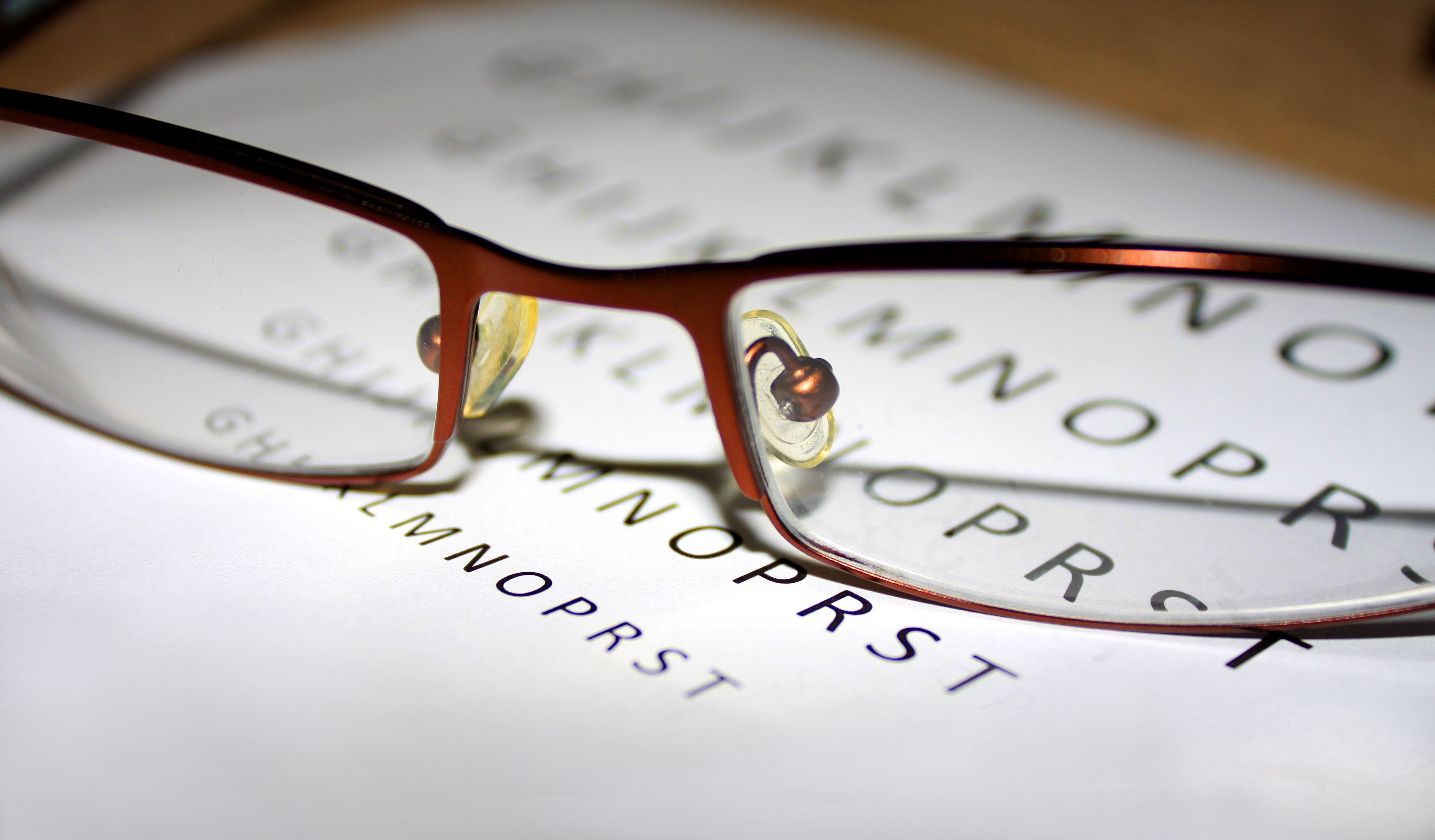Article
Sleep Quality Associated With Severity of DED, Study Finds
Author(s):
A study conducted in Saudi Arabia found that the severity of dry eye disease (DED) was associated with the amount of quality sleep participants received.
A recent study published in Curēus found that quality of sleep and dry eye disease (DED) were mutually associated with the outcomes of the other. The aim of this study was to investigate the association between DED and sleep quality in the adult population in Saudi Arabia.
The cross-sectional study used the OpenEpi web tool to get a calculated study sample. A questionnaire for the study was distributed through social media in August 2021. Individuals 18 years and older with Ocular Surface Disease Index (OSDI) and Pittsburgh Sleep Quality Index (PSQI) scores of at least 13 and 5.5, respectively, were included in the study.
The survey had 3 sections: demographics, OSDI score, and PSQI score. Participants were asked about sex, nationality, marital status, smoking status, educational level, and occupation among other demographic questions. They were split into 4 groups based on age: 18-30, 31-40, 41-50, and older than 50 years.
An OSDI score between 13 and 22 indicated mild DED, between 23 and 32 indicated moderate DED, and greater than 33 indicated severe DED, on a scale of 0 to 100. The PSQI used a scale of 0 to 21, with a higher score indicating poorer sleep quality. Means (SD) were used to present data.
Of the 234 participants in this study, 59.8% were female, 43.2% were aged 18 to 30 years, and 46.2% were from the central region of Saudi Arabia. There were 29.9% of participants who reported no other medical conditions, 46.6% who reported nearsightedness, 27.4% who reported astigmatism, 40.6% who were not diagnosed with DED, and 34.6% who reported no previous DED symptoms. Most participants (61.5%) reported using eye lubricant.
The mean total PSQI score was 8.63 (2.23) among all participants. No demographic factors had significant influence on severity of DED, but the severity of DED was slightly higher in younger participants. In the group aged 18 to 30 years, 74.3% reported severe OSDI numbers, with a mean PSQI value of 8.44. Among those older than 50 years, 66.7% reported severe OSDI scores, with a mean PSQI score of 8.62. Severe DED and poor sleep quality were more prevalent in females vs males; 72.9% of females had severe DED and a PSQI score of 8.86 vs 69.1% of males with a PSQI score of 8.3.
There was a positive correlation between sleep quality assessed by the PSQI scale and the severity of DED assessed by the OSDI scale (Pearson correlation: 0.255). Participants with poor sleep quality would have more severe DED, and participants with severe DED were expected to have worse sleep quality.
There were some limitations to this study. The findings may have been influenced by personal biases due to the self-reporting nature of the study and the inclusion criteria led to a smaller sample size despite an extended capture time for data.
The researchers concluded that poor sleep quality was significantly correlated with severity of DED. They wrote that patients with DED should be educated on steps and techniques to improve sleep patterns to avoid further severity of their symptoms.
Reference
Almutairi R, Algezlan S, Bayamin R, et al. The association between dry eye and sleep quality among the adult population of Saudi Arabia. Cureus. Published online March 1, 2022. doi:10.7759/cureus.22736





